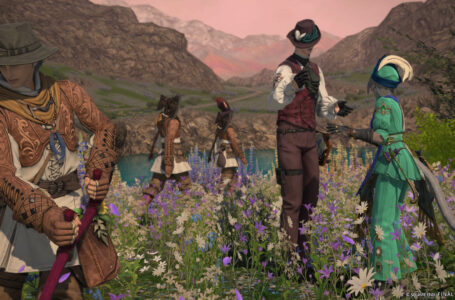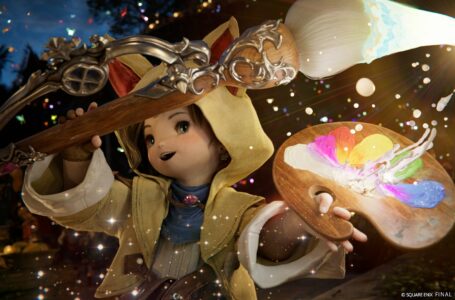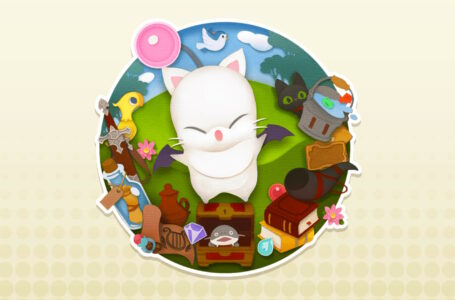Final Fantasy XIV vs. Tower of Fantasy – can they coexist?
I have been getting back into Final Fantasy XIV of late, and I have also been playing Tower of Fantasy. I have been greatly enjoying both, so I thought it might be interesting to compare the appeal elements of both. Because while both are quite different games from one another, there are also some comparisons to be made between them — most notably due to the fact that they are both massively multiplayer online games with significant solo content.
So over the course of a number of different categories, we’re going to have a look at how both games handle things. And from there, you may well be able to make a decision as to which is “better” for you — or if you want to make time for both, as I feel like I’m probably going to. In other words, we’re not going to make a definitive declaration as to which is “best”, because that answer will be different for everyone’s preferences. We will, however, hopefully provide you with some useful information to help you decide if you want to play (or continue playing) either or both.
So let’s get started!
Cost
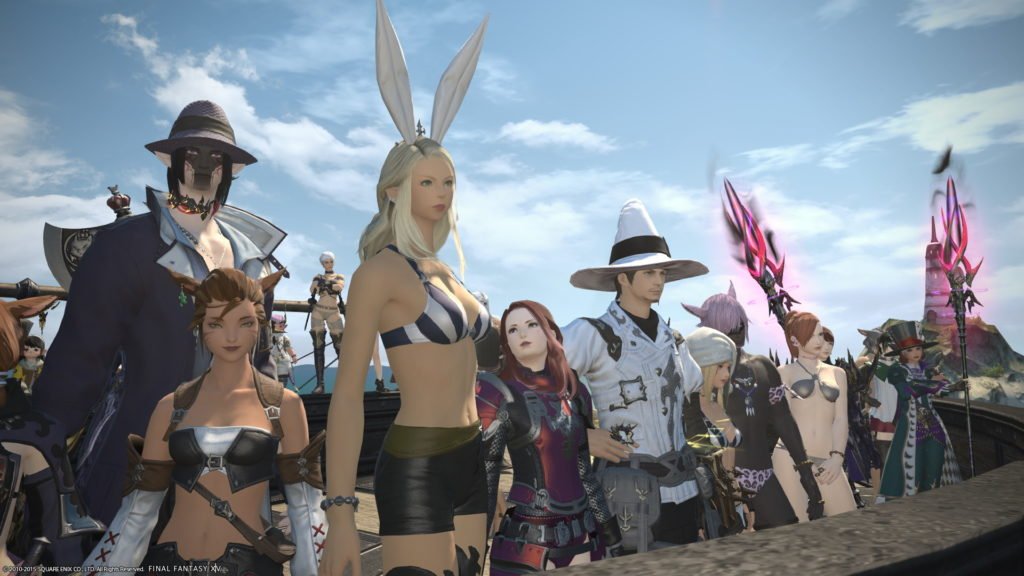
While Final Fantasy XIV has a free trial that allows you to progress up to level 60 and the end of the Heavensward storyline, if you want to enjoy the “full” game you need to pay up for it — and on top of that, you need to pay a monthly subscription. In exchange, you get significant new stuff added to the game roughly every three months or so, with plenty of advance notice of what’s coming.
Tower of Fantasy is completely free to get started with. You don’t have to buy the game client, you don’t have to buy expansions. All its monetisation comes through packs of useful items and the various in-game currencies that can be used for game elements such as pulling from the gacha. And honestly, you can quite comfortably play Tower of Fantasy as a completely free player. No features are “locked” to paying players only; paying players simply have a bit more flexibility and the potential to progress a bit quicker.
The downside is that Tower of Fantasy’s monetisation model means that there’s no incentive for the developers to stick to a schedule of regular updates — and indeed, with it being early days for the global release of the game, the monetisation strategy has yet to prove itself at all. This means that the long-term viability of the game remains to be seen, so that’s worth considering before dropping too much cash on it.
Time commitment
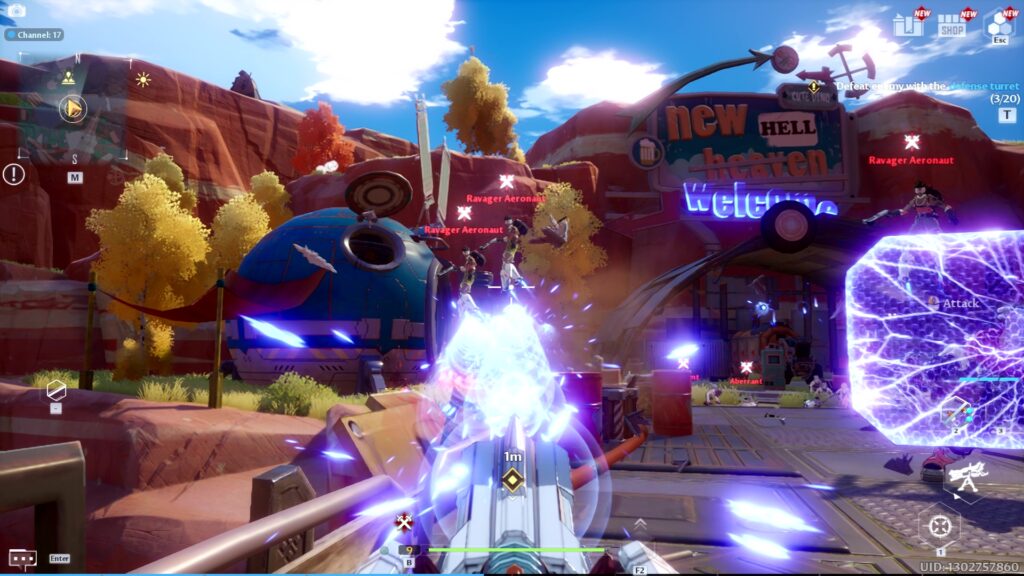
Tower of Fantasy has a clear advantage over Final Fantasy XIV in this regard, in that since it’s been designed to be mobile-friendly, it’s also very friendly to short play sessions. Tower of Fantasy is the sort of game you can fire up over lunch, do a few bits and pieces and feel like you’ve had a rewarding experience; Final Fantasy XIV, meanwhile, is a game where you really need to set aside at least an hour at a time to have a productive session.
Both of these approaches have their appeals. The way that Final Fantasy XIV demands a certain amount of commitment makes it an immersive experience that you’re likely to want to make the most of; Tower of Fantasy’s “dip in, dip out” nature runs the risk of making it feel more disposable. Ultimately, though, they both cater to different play styles — or, indeed, what you might be in the mood for at one time or another.
Open world
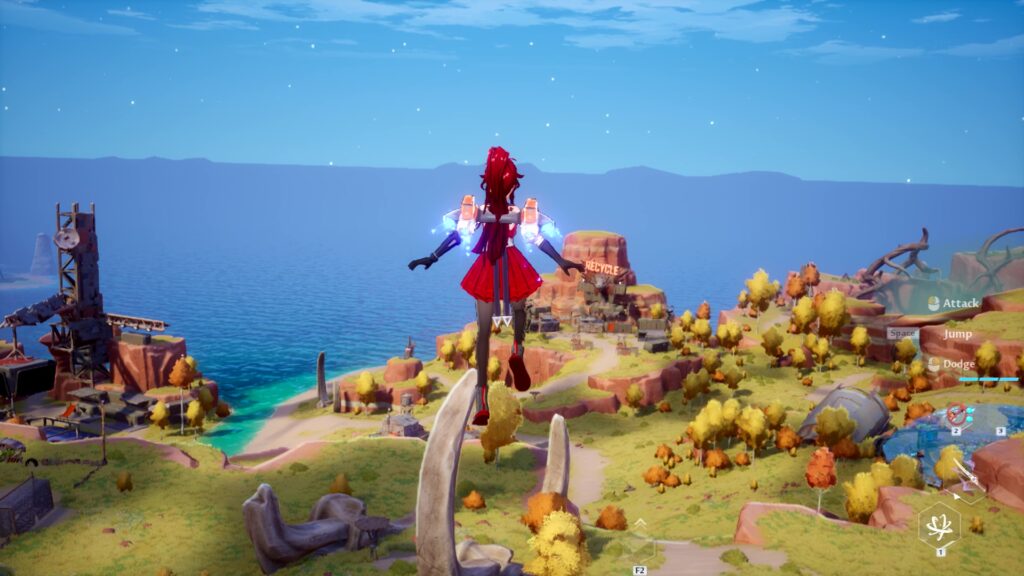
Both games have large open worlds to explore, but approach things very differently from one another. Final Fantasy XIV takes the traditional zone-based approach that dates back to the oldest MMOs, while Tower of Fantasy features a large coherent open world with various instanced areas such as dungeons.
Final Fantasy XIV’s world is detailed and interesting, but there isn’t a ton of interactivity to a lot of it; it’s mostly a means of providing a sense of context to the happenings of the story. A certain amount of incentive to explore is provided through the “Sightseeing Log” mechanic, where you seek out scenic vistas for experience point rewards, but for the most part your exploration of the game world will be limited to going to places you’re told to for quests, and perhaps participating in the public “FATE” events for experience and other rewards.
Tower of Fantasy, meanwhile, features an open world designed with something of a “collectathon” feel to it. There are treasure chests, exploration items, scenic vistas and other things to find scattered all over the map, and you can have a rewarding-feeling session in the game simply from charging off in a random direction and seeing what you can discover. The game even encourages this with a percentage-based “exploration rating” for each of the main regions in the game.
Mechanics
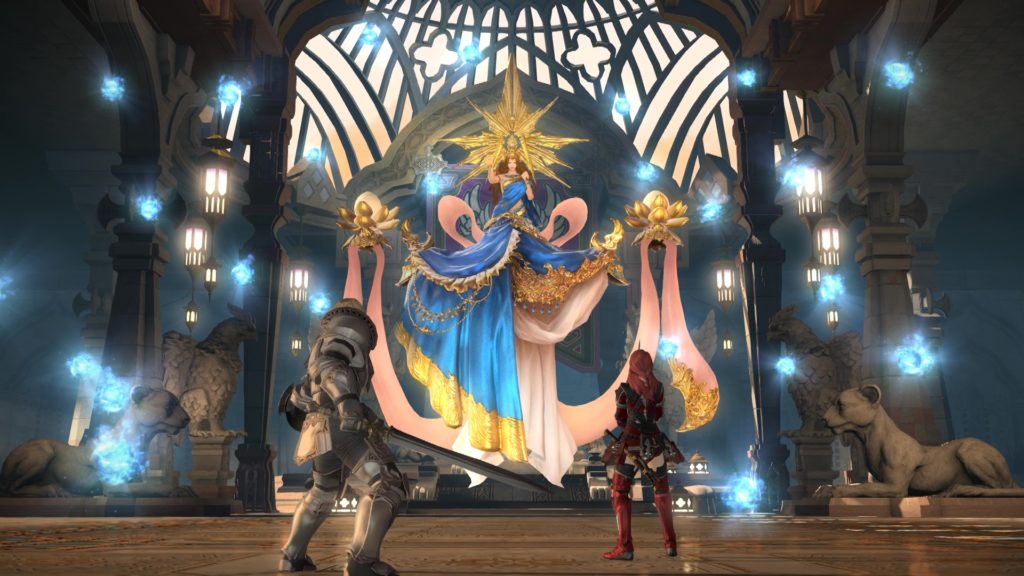
Tower of Fantasy has a smooth, flowing action combat system that is a pleasure to play. Different weapon types have very different attack styles, and as you experiment with them you’ll discover that there’s actually more to it than just hammering the attack button repeatedly, too. The dodge mechanic is particularly satisfying, featuring a Bayonetta-style time-slowing system if you perfectly time getting out of the way of enemies.
Final Fantasy XIV, meanwhile, makes use of a much more rigid, traditional MMO-style system that is strongly based on rhythmically performing rotations of actions. For most classes, there is an “optimal” way to play, and fighting effectively involves being able to perform your rotations as efficiently as possible while correctly dealing with various mechanics.
Over time, Final Fantasy XIV has developed a consistent visual language for the various types of mechanics you’ll have to deal with over the course of the game; earlier in A Realm Reborn, this wasn’t the case so much, but as time went on the game became much better in this regard. You’ll still tend to find that there are “correct” ways to resolve most encounters, though, rather than having a feeling of true flexibility and freedom.
Neither of these approaches are necessarily “better” or “worse” than the other, but they do represent probably the most obvious, marked difference between the two games, so it’s very much a matter of preference.
Solo play
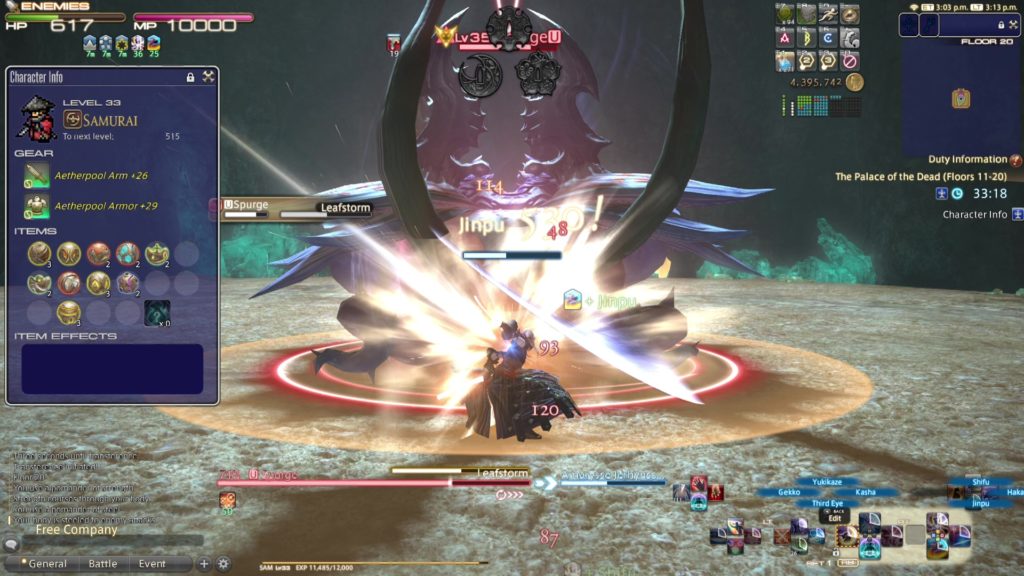
Final Fantasy XIV is built in an interesting way that has evolved somewhat over the years. While you’re levelling and working your way through the main story, you’ll be spending the majority of your time playing solo as the “main character” in the story, accompanied by numerous story-centric characters at various junctures.
The two most recent expansion packs Shadowbringers and Endwalker have even made it so the more casual multiplayer content — specifically the four-player dungeons — can be played with computer-controlled allies rather than having to rely on other players. And since this system was first rolled out in Shadowbringers, the FFXIV team has been gradually backporting it to the earlier dungeons in the game, with the intention of making pretty much the entire FFXIV story from start to finish soloable. They’re not quite there yet at the time of writing, but they’re making good progress.
Once you reach Final Fantasy XIV’s endgame, however, you’ll need to start playing nicely with others. Whether it’s taking on the 8-player raids, the 24-player Alliance raids, the 8-player Trials, the endgame dungeons or any of the new multiplayer-centric content that is on the way, there will come a point where soloing is no longer viable for the most part.
Tower of Fantasy, meanwhile, feels like it’s been designed to be a mostly solo game. Sure, you can group up with other players to tackle things like the powerful World Bosses, but for the most part, exploring the game world, working your way through the story and exploring the various things it’s possible to do is something best done by yourself. At present, Tower of Fantasy has the slight edge in this regard — particularly with its short, casual play sessions — but keep an eye on how Final Fantasy XIV continues to develop over time.
Multiplayer
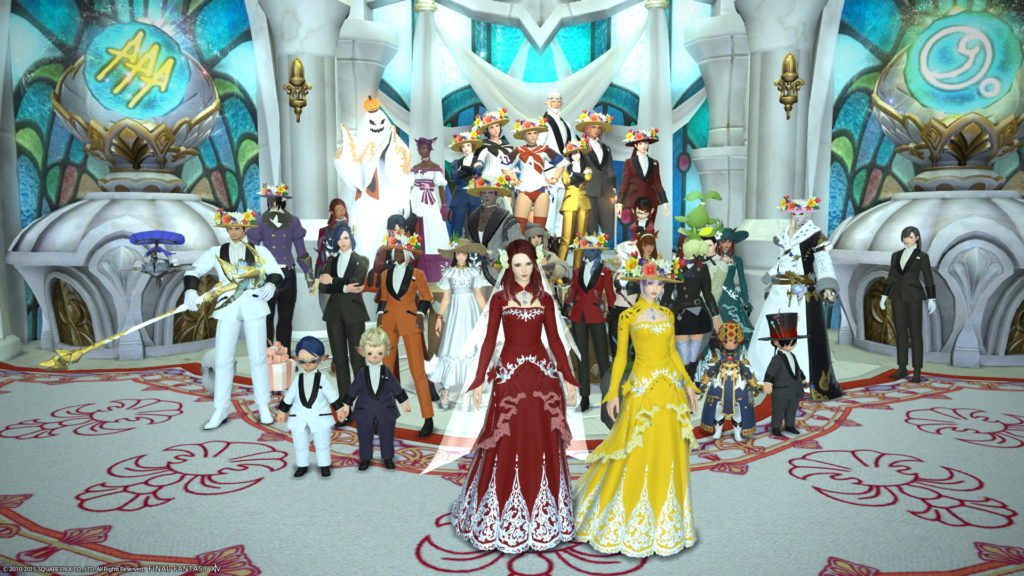
Final Fantasy XIV shines here, as it began its life as a traditionally designed MMO with an open world and instanced dungeons. There are a lot of things to do with other people in Final Fantasy XIV, whether it’s hunting down notorious monsters in the ongoing The Hunt sidequest, participating in FATEs in the open world, getting married or queueing up for instanced multiplayer content.
And even that instanced multiplayer content comes in a variety of different flavours. You’ve got casual-friendly four-player dungeons, eight-player Trials that are lengthy boss fights, eight-player raids that are essentially similar to Trials with more complex mechanics, Savage-difficulty eight-player raids for hardcore players, Ultimate-difficulty mega Trials for players to truly test their skills, 24-player Alliance raids for large-scale cooperative battles, two huge randomly generated dungeons, plus structured PvP modes for both small and large team sizes.
Tower of Fantasy, meanwhile, has a bit of a mixed bag hodgepodge of offerings right now. Joint Operations are small-scale dungeon runs for small groups. World Bosses allow multiple players to all chip in on large-scale battles. Interstellar Exploration events challenge between one and four players to fend off waves of enemies.
What Tower of Fantasy seems to be lacking right now are more large-scale, mechanics-centric challenges for groups; while the game does feature a “Holy Trinity” mechanic allowing players to take on tank, healer or DPS roles, it’s not as clearly defined as in something like Final Fantasy XIV, and isn’t explained well to the player. As such, the multiplayer content right now feels a bit “free for all hack and slash” — which is fun, sure, but not as elegant as the intricate dances of some of FFXIV’s more intense encounters.
Progression
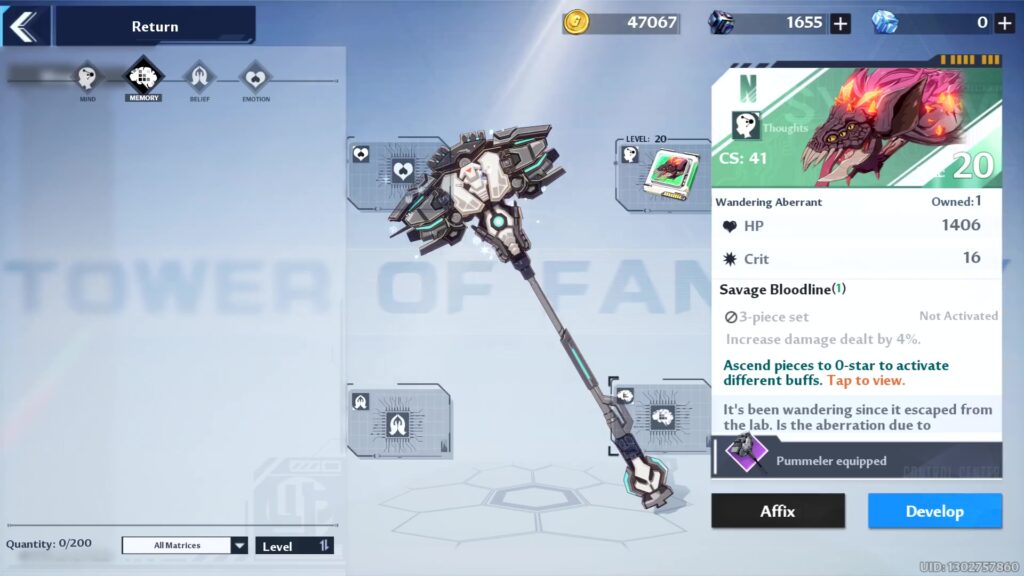
Final Fantasy XIV’s progression is straightforward. Level your character, play through the main scenario until you hit the level cap, then acquire endgame currency to gradually acquire better equipment until the next expansion comes out, then repeat the process. There are a couple of secondary progression mechanics here and there, but one gets the sense that they were sort of abandoned halfway through development — most notably the whole Grand Company thing that they make a big deal out of early in the story, but which you don’t really hear much about beyond the end of A Realm Reborn.
Tower of Fantasy’s progression, meanwhile, is batshit crazy and borderline indecipherable when you first start playing. You have a character level, which is mostly used to unlock game features. Each of the three weapons you have equipped has a level also, which is capped according to your character level and how much you’ve “Augmented” them. Each weapon also has a “star” rating according to how many times you’ve “Ascended” it, with higher star ratings increasing stat growth and various special abilities.
On top of this, each weapon can have up to four chips set in it, with each chip also having its own level. Then your Suppressor has its own level, too, and the Simulacra that are attached to each of the weapons of a certain rarity have their own Awakening level that depends on how many gifts you’ve given them. Just to make things even more complicated, levelling each and every one of these things requires different types of resources that you’ll find as loot around the game world and rewards for completing objectives.
Thankfully you don’t really need to micromanage things too much — most progression screens have a simple “use everything needed” button to make it a fairly painless process — but simply remembering that in order to make your character as effective as possible you need to progress all these different game elements can be a bit troublesome at times. Those accustomed to mobile gacha games will be perfectly familiar with all this; those coming from more traditional RPGs may find the whole thing a bit overwhelming.
Customisation
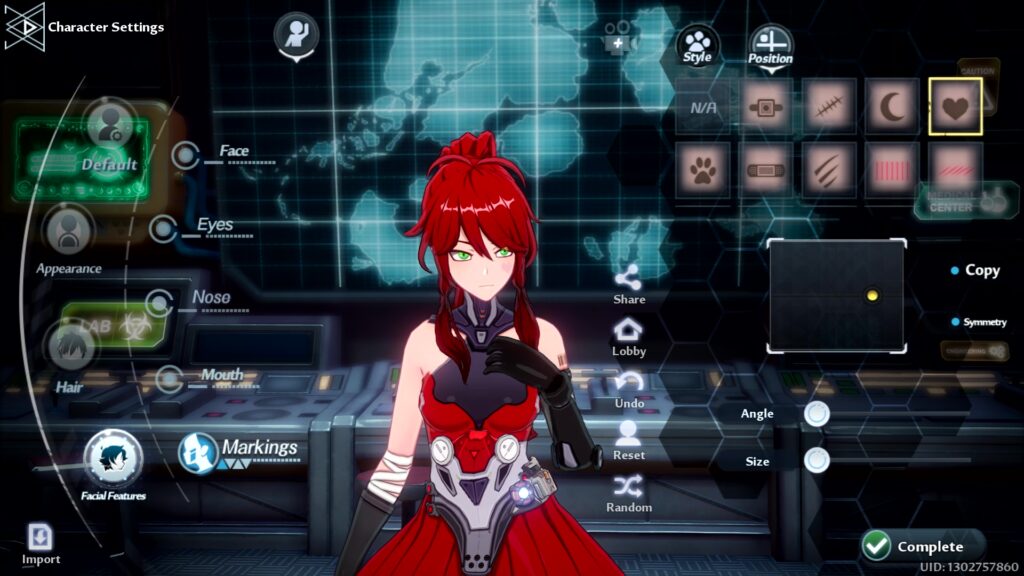
Tower of Fantasy has an excellent character creator, with a ton of flexibility for creating faces in particular. Many popular VTubers have been impressed at what close recreations of themselves they can put together using the character editor — and some have even ended up immortalised in the presets showcase. If you ever wanted to play as Silvervale from VShojo, the option is right there for you to enjoy.
Once you’re into the game, customisation options are a little limited. You can change outfits and appearance when you want (sometimes for a fee, depending on how significant the changes you want to make are) but for the most part you’re tied to presets. And with the Simulacra feature, you may well end up fighting as characters other than your custom avatar anyway.
Final Fantasy XIV, meanwhile, has fairly limited character creation, but more than makes up for this with its extensive Glamour system. This allows you to make pieces of gear look like any other items of clothing in the game — and with a vast number of clothing items in the game for no other reason than providing Glamour opportunities, you have a ton of flexibility to create a look you’re happy with.
On top of that, more recent updates to the game have added customisable adventurer profiles and portraits — plus the ever-popular “gpose” system allows you to set up delightfully creative shots of your character and friends in pretty much any scenario you can think of. When people say fashion is the true endgame of Final Fantasy XIV, they really aren’t joking.
Longevity
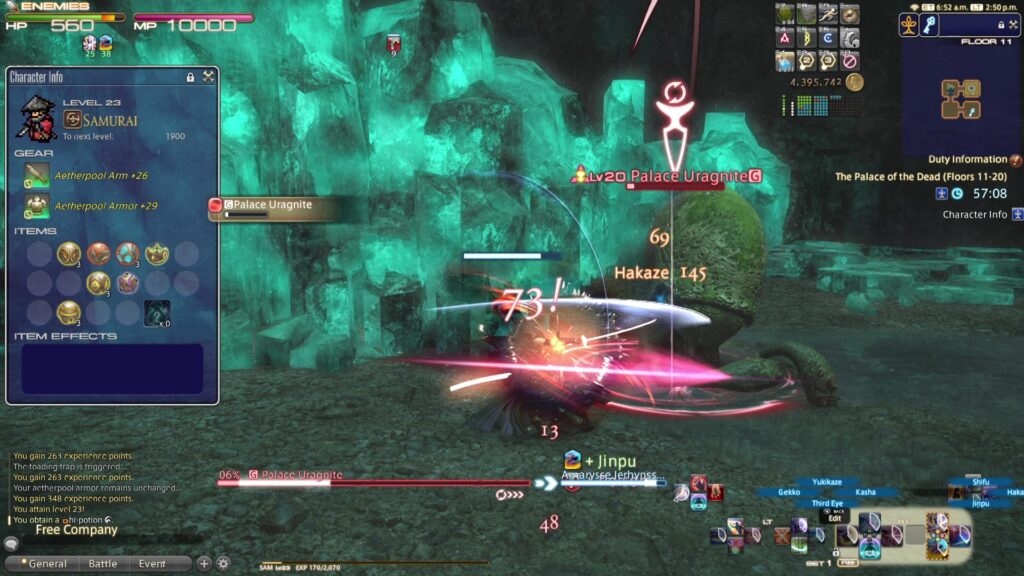
This is the great unknown for Tower of Fantasy right now. While the game is bursting at the seams with stuff to explore right now, with concerted play you’ll eventually see everything — and there doesn’t really appear to be what we’d traditionally think of as an “endgame” right now. This isn’t necessarily a bad thing, as the road to that endgame is full of so many varied things to do — but it remains to be seen how those who have been there and done everything will be catered to over the long term.
In Final Fantasy XIV, meanwhile, there’s near-limitless longevity. A single character can play all classes, and getting every character up to the level cap and fully equipped will take a long time. On top of that, you’ve got collectibles, PvP, Glamour, the activities in the Gold Saucer, the upcoming Island Sanctuary, Variant Dungeons and Criterion Dungeons and many more things to do.
One of the best things about Final Fantasy XIV is that it manages to keep “old content” relevant. The two randomly generated Deep Dungeons Palace of the Dead and Heaven on High, for example, remain relevant due to their scoring system and leaderboards; despite no longer being part of endgame progression, it’s still a fun challenge to take on these dungeons either solo or with a group and see if you can obtain a high score.
Likewise, the daily Roulettes in Final Fantasy XIV remain an important part of both endgame and levelling progression, and incorporate content from the entirety of the game up until its current endgame. That means people are still challenging level 50 dungeons from the end of a Realm Reborn as well as the most recent level 90 additions to the game — plus it means that those who would rather play with other people than AI characters can always find someone to play with.
Final Fantasy XIV has the edge here for now, then — but it does also have quite the head start, and Tower of Fantasy is yet to reveal its full long-term plan.
Conclusions
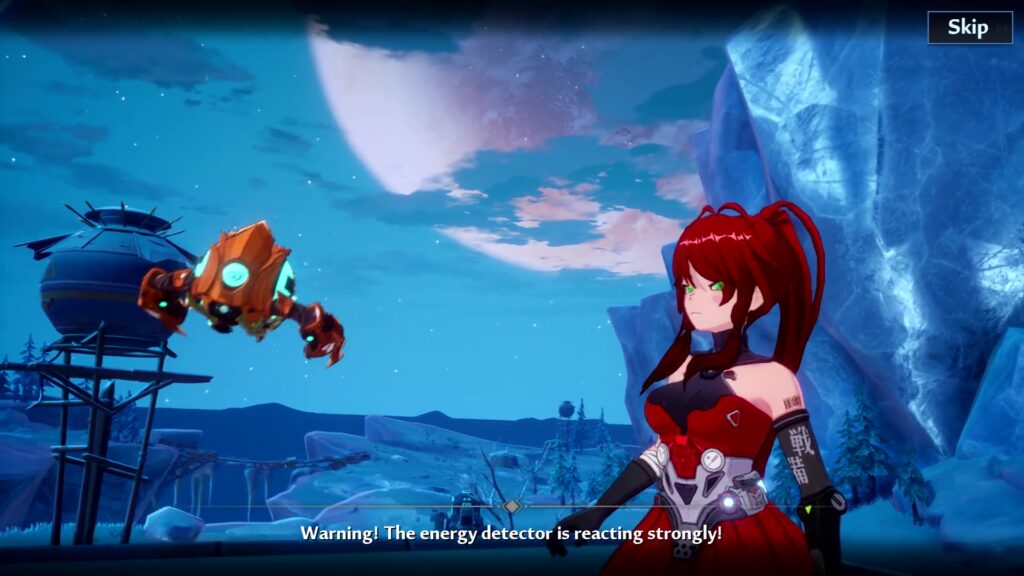
Both Final Fantasy XIV and Tower of Fantasy are excellent games that are well worth your time — and with their differing structures and core mechanics, it’s perfectly viable to have them both on the go at once. For me, Tower of Fantasy is something I like firing up when I know I don’t have a lot of time to spare but I do fancy a bit of hack-and-slash or exploration; Final Fantasy XIV, meanwhile, is something I’ll specifically set some time aside for and make an evening of it.
If you have to pick one for yourself, I’d say your choice will primarily come down to your preferences in terms of two things: the overall game structure and the combat system. If you prefer action gaming, Tower of Fantasy is the obvious choice, as it has the feel of a single-player character action game. If you prefer more traditional role-playing games, Final Fantasy XIV is where you should hang your hat, as while the game isn’t turn-based, the cooldown-based nature of the combat is quite akin to the series’ classic Active Time Battle systems with added movement.
Me, I’m gonna be playing both for now. I look forward to seeing how Tower of Fantasy develops — and I really, really, really want to see how Final Fantasy XIV’s story concludes in Endwalker. Will you be joining me in either?
Tower of Fantasy is available now for PC, iOS and Android. Final Fantasy XIV is… something about a free trial, level 60 and however that whole thing goes.
Join The Discussion
Rice Digital Discord
Rice Digital Twitter
Rice Digital Facebook
Or write us a letter for the Rice Digital Friday Letters Page by clicking here!
Disclosure: Some links in this article may be affiliate links, which means we may earn a small commission if you make a purchase after clicking on them. This is at no additional cost to you and helps support Rice Digital!
- Letter from the Editor: passing the torch - June 30, 2023
- Super Woden GP 2 is looking promising - June 30, 2023
- Inti Creates is making a 32 bit-style Love Live action platformer - June 26, 2023




